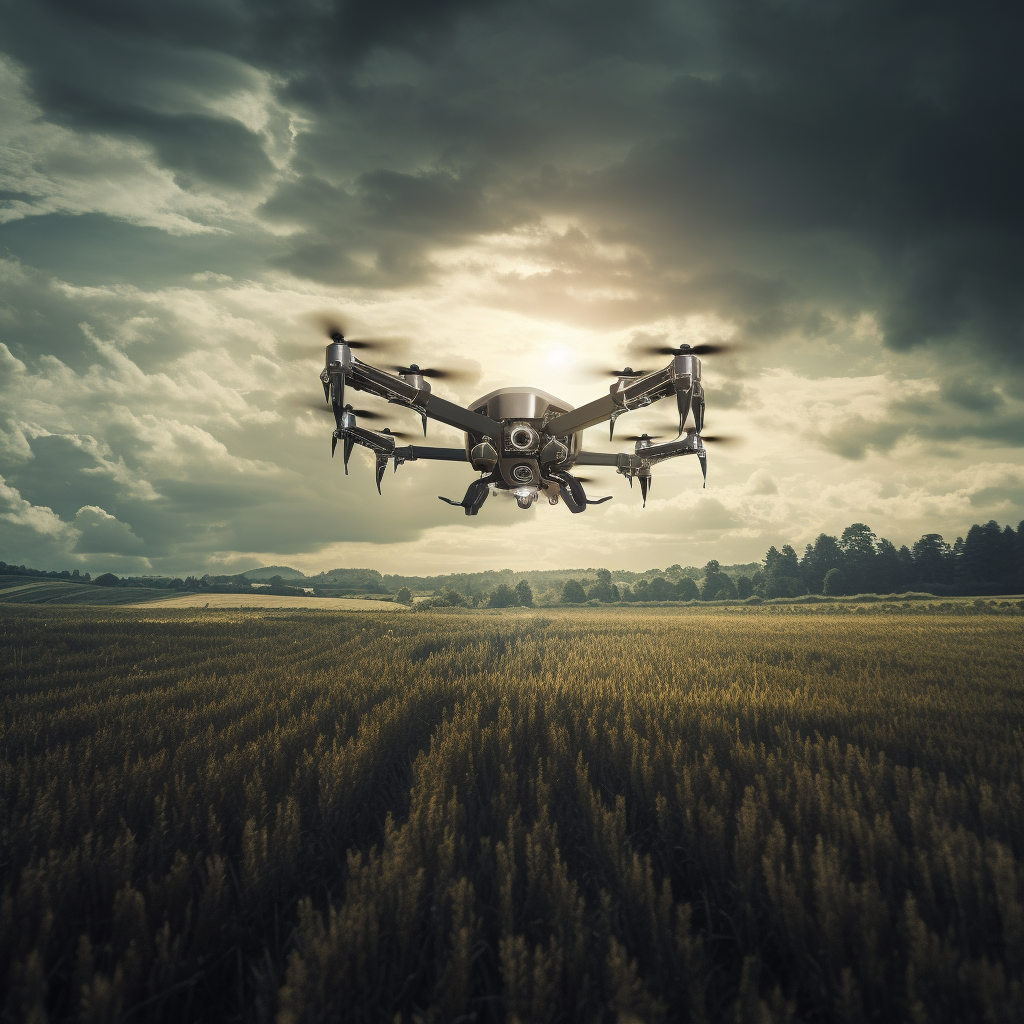
Drones and Photogrammetry: help in the Search for Missing Persons
Drones and Photogrammetry: Technology in the Service of Missing Persons Searches
Australia, with its vast expanses of land and dense bushlands, has often presented imposing challenges in searches for missing persons. In the case of Corey O’Connell, a young Australian who went missing in 2021, it was drone technology that provided the decisive breakthrough in his search.
The Challenge of Traditional Searches
For months, Corey’s family and friends, led by his sister Haylee, have relentlessly searched for signs of his passing. His car, found off the road along Brockman Highway, suggested that he might be nearby, but the vastness and density of the surrounding terrain made it extremely difficult to locate any trace. Trained dogs, volunteers and law enforcement searched every nook and cranny, but with limited success.
The Drone Revolution in the Search for People.
Everything changed when Haylee decided to enlist the expertise of Daniel Wood, a drone expert. Using an advanced model, the DJI Matrice 300, Wood conducted systematic aerial searches, adopting the grid flight method for photogrammetry. This technique allows thousands of high-definition aerial photos to be taken, offering a view of the terrain from a whole new perspective.
The real power of this technology lies in its ability to cover vast areas in a short time and provide clear and detailed images, often revealing details that might go unnoticed by the naked eye, or even with foot searches.
The Importance of Community Collaboration.
In addition to the technological innovation, the decision to publish the images on the AIRS website, allowing anyone to view and analyze the photos, was crucial. This choice transformed individual research into a large-scale collaborative effort.
The result? A careful observer identified what appeared to be human remains. Incredibly, these had been eluded by foot searches, despite being only 10 meters from the search team’s nearest trail.
The Future of Search with the Help of Drones.
Corey’s tragic but valuable discovery highlighted the enormous potential of drones in the search for missing persons. As technology, high-resolution cameras and image analysis advance, drones could become a standard tool in search and rescue operations.
While Corey’s loss is a tragedy, his story may lead to more effective and innovative methods in the search for the missing, potentially saving more lives in the future. As Haylee said, the gratitude for those who helped bring Corey home is immense, and the lessons learned from this experience could be invaluable.


